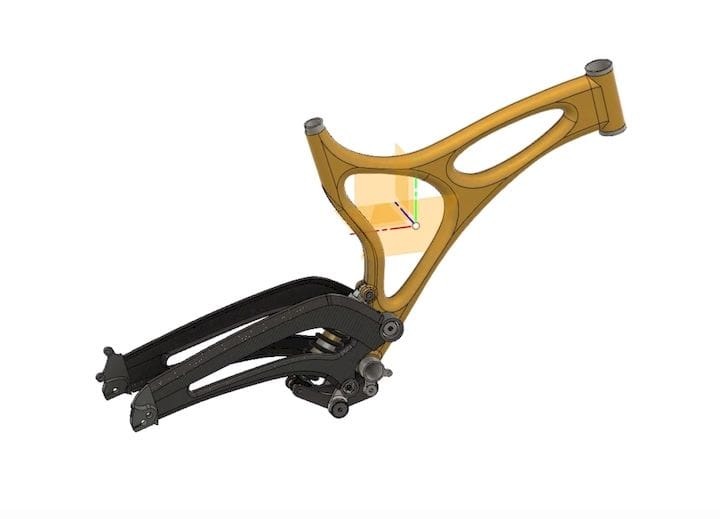![Autodesk has reoriented Fusion 360 for 3D printing [Source: Autodesk]](https://fabbaloo.com/wp-content/uploads/2020/05/image-asset_img_5eb09ed21125c.jpg)
In the latest Autodesk 360 Fusion update there are a couple of new features specifically addressing the needs of 3D printing.
Autodesk Fusion 360 is a powerful 3D CAD system frequently used by engineers and others to design prototypes of all things mechanical. Fusion 360 is not just for 3D modeling, however, even though it includes both parametric and sculpting modes. There are modes for performing a variety of associated design functions such as simulation analysis, generative design and even CAM.
But one of the most frustrating things I’ve experienced with the tool when using it to design items for 3D printing is that the axes are messed up.
In Autodesk Fusion 360 — and many other popular 3D CAD tools — “up” is the Y axis, not the Z axis as is used by virtually all 3D print software. While it was always possible to explicitly change “up” to be the Z axis through some commands, it was not the default in Autodesk Fusion 360.
Now it is the default. Z is “up”!
Autodesk recognizes that their tools are used for CNC and 3D printing and have followed the lead by equipment manufacturers in using Z as “up”.
This saves some steps for anyone using Autodesk Fusion 360 for 3D printing.
![New additive manufacturing materials in the Fusion 360 libraries [Source: Autodesk]](https://fabbaloo.com/wp-content/uploads/2020/05/image-asset_img_5eb09ed26b740.jpg)
But that’s not all the new 3D print-related features in the latest version of Fusion 360. Autodesk has also added a materials library specifically for additive manufacturing.
In this screenshot we can see the new library, and it contains a number of metal materials specifically used in modern metal 3D printing equipment, such as AlSi10Mg, Cobalt Chrome, Inconels, Stainless Steel and Titanium. Autodesk says that this list will certain grow in the future.
![New additive manufacturing materials in the Fusion 360 libraries [Source: Autodesk]](https://fabbaloo.com/wp-content/uploads/2020/05/image-asset_img_5eb09ed2bb08a.jpg)
I believe these are excellent changes to Fusion 360 that will benefit many using the tool for their 3D printing ventures, and clearly shows the attention Autodesk is paying to the growing 3D print industry.
As usual, their January update contains a ton of other miscellaneous improvements to the popular cloud-based 3D CAD tool.
Via Autodesk











MiniFactory’s new software produces a very useful report for each 3D print that may be important for clients. We had a close look at one.